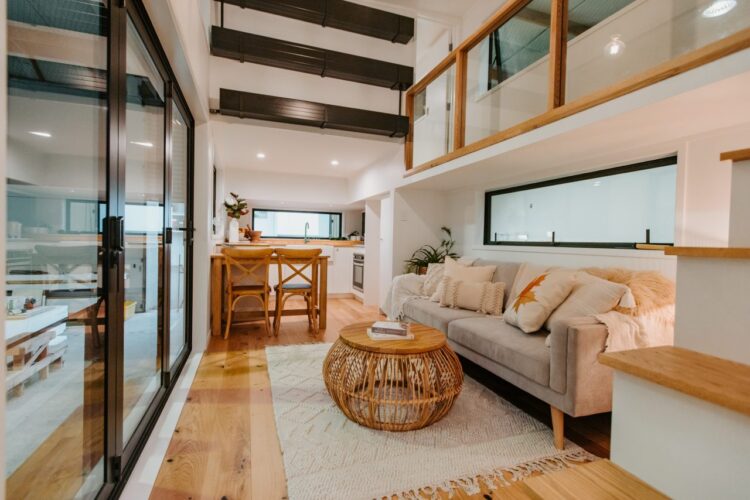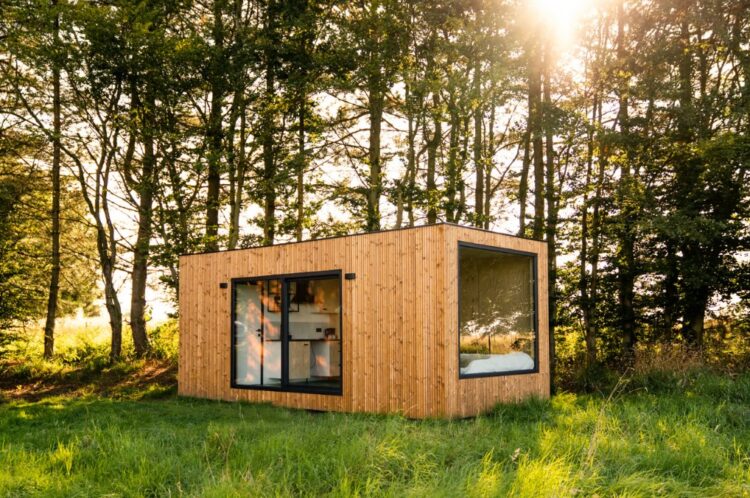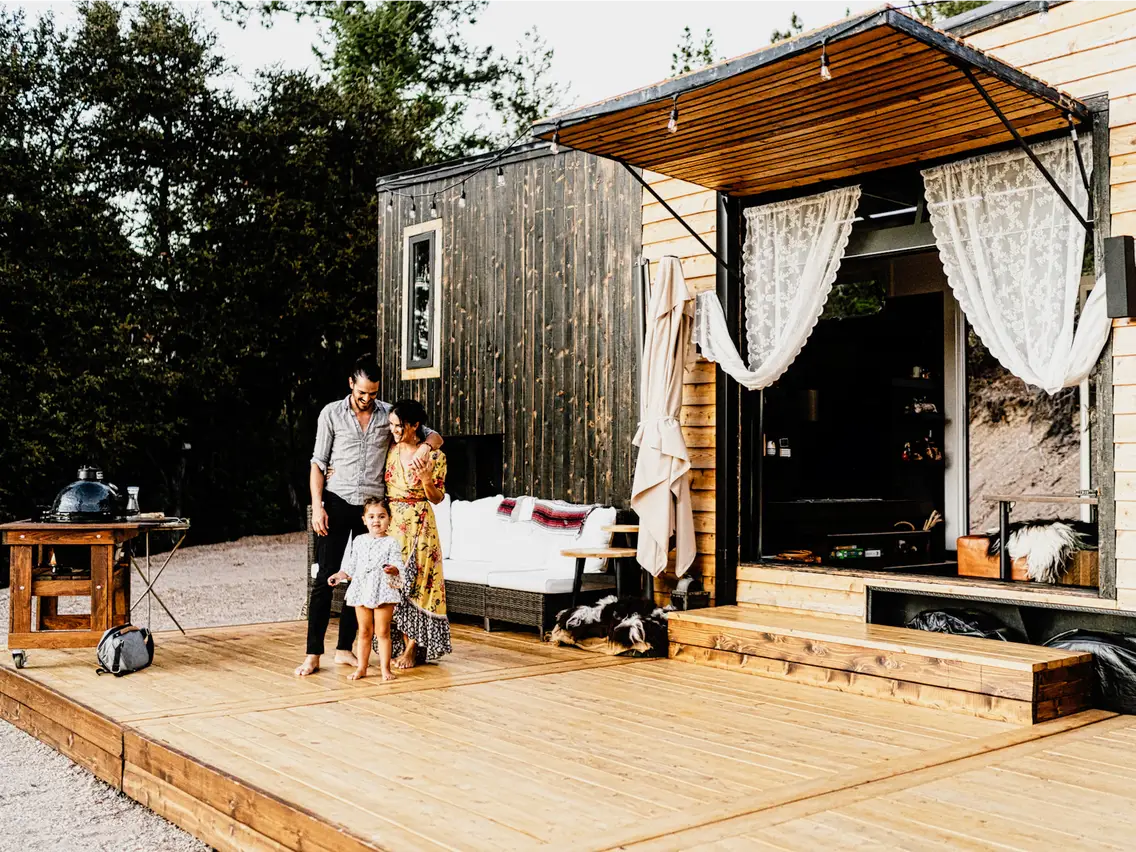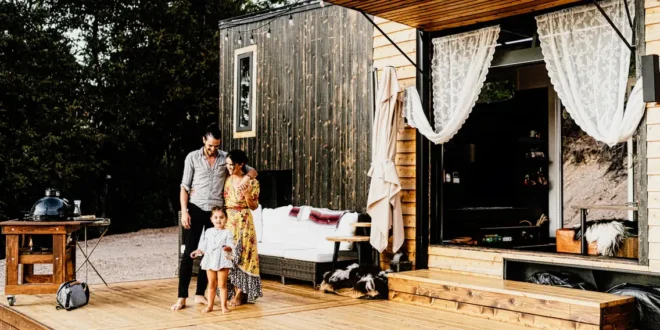Traditional houses have long been the norm, but tiny homes are offering an enticing alternative.
If you’ve ever found yourself searching “tiny homes for sale near me,” you’ve probably noticed that the tiny home movement is gaining significant traction.
This trend is not just a passing fad; it represents a shift in how people view living spaces and what they value in a home.
Let’s dive into the differences and similarities between these two types of housing in your area.
Space and Lifestyle
One of the most obvious differences between tiny homes and traditional houses is the amount of space. Traditional houses typically range from 1,500 to 3,000 square feet, providing ample room for multiple bedrooms, bathrooms, and living areas.
Tiny homes, on the other hand, usually cap out at around 400 square feet. This drastic difference in size necessitates a minimalist lifestyle for tiny home dwellers.

Cost Considerations
When it comes to cost, tiny homes have a clear advantage. The lower price tag is one of the primary reasons people consider downsizing. The average cost of a tiny home ranges from $30,000 to $60,000, depending on customization and materials.
This is significantly lower than the average cost of a traditional home, which can be several hundred thousand dollars in many areas.
Environmental Impact
Another critical factor to consider is the environmental impact. Tiny homes are generally more eco-friendly than traditional houses. Their smaller size means they require fewer building materials and generate less waste.
Additionally, many tiny home enthusiasts incorporate sustainable practices such as solar panels, rainwater collection systems, and composting toilets.

Zoning and Legalities
However, one of the challenges of tiny home living is navigating zoning laws and legal requirements. Many areas have regulations that dictate minimum house sizes, making it difficult to find a place to legally park or build a tiny home.
Some communities are becoming more accepting and adjusting their laws to accommodate the tiny house movement, but it can still be a hurdle.
Community and Lifestyle Choices
Tiny home communities are sprouting up across the country, offering a sense of camaraderie and shared values among residents. These communities often emphasize sustainability, shared resources, and a close-knit neighborhood vibe.
This lifestyle can be particularly appealing to those seeking strong social connections and a supportive environment.

Flexibility and Mobility
One of the unique advantages of tiny homes is their mobility. Many tiny homes are built on trailers, allowing owners to move them relatively easily. This can be a significant benefit for those who enjoy traveling or anticipate relocating for work or personal reasons. The ability to take your home with you offers a level of flexibility that traditional houses cannot match.
Conclusion
In conclusion, tiny homes and traditional houses each come with their own set of advantages and challenges. Tiny homes are appealing for their lower costs, reduced environmental impact, and simplified lifestyle, but they require navigating zoning laws and a willingness to live in a smaller space.
Traditional houses offer more space, stability, and ease of financing but come with higher costs and a larger environmental footprint.
 Hi Boox Popular Magazine 2024
Hi Boox Popular Magazine 2024



